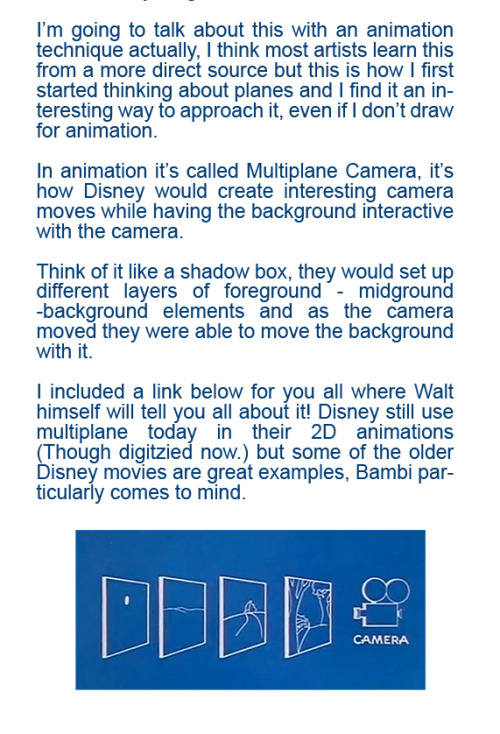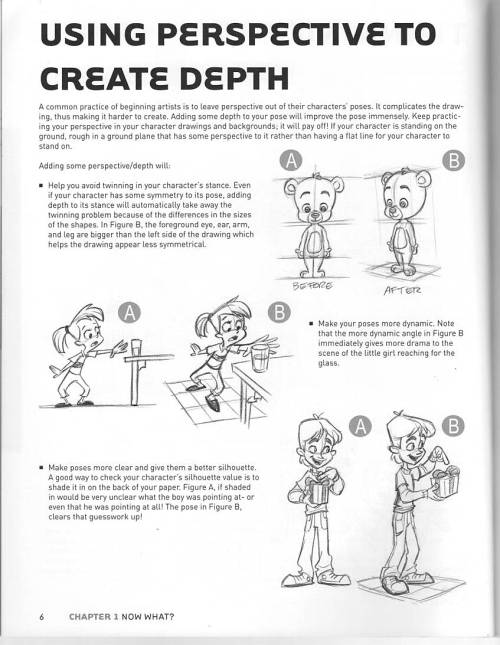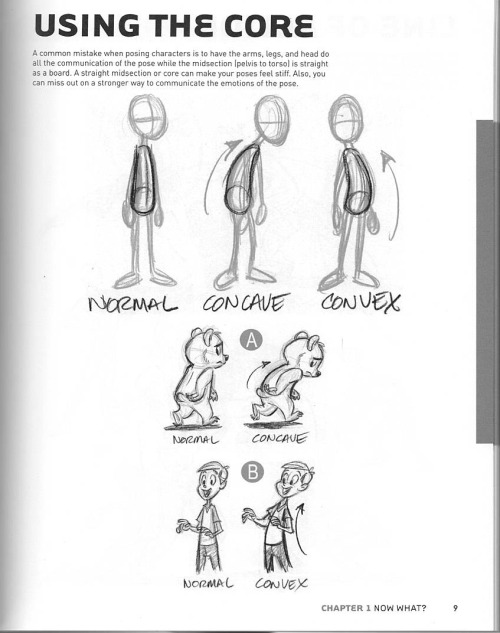CSS Drive
If you ever want to draw your gemsona but you’re stuck on how to get a color pallet from their gem, I recommend using one of these sites:
CSS Drive
(You can upload an image or paste image url)

DeGraeve
(You can paste an image url)

Pictaculous
(Can only upload images from computer)
If you guys know of any others, feel free to link them, these are just the two I use the most.
More Posts from Anavsky and Others

Quick sketch to celebrate the arrival of my PEN! YES Thank you, mailman XD #styluspen #sketch #sketchbookpro #drawing #illustration #catdrawing #wip




Walt Explains Multiplane Camera
I’ll also do some notes on perspective and dynamic posing later. (We’ll see how dynamic posing goes considering I’m not too great at it myself so… yeahhhh.)

Inktober day 15: it's not inktober without a skeleton, right? . #inktober #inktober2016 #ink #inkstagram #skeleton #traditionalart #illustration #art #artistsofinstagram #drawing #skeletonwar







CLOSING THOUGHTS
- Start small. - Make mistakes and try new things. - Practice as much as possible. - Share your work with others and get feedback. - Study the work of the artists whom you admire. - If you don’t have a tablet, get one. Small ones are cheap and easy to carry around. - Have fun!

Quick Kara Danvers sketch from the season finale… I NEED TO KNOW WHAT HAPPENS NEXT
(i still can’t shadow properly, but i liked the result of her blouse) (not sure if it’s bc i just watched civil war, but she kinda reminds me of Sharon Carter XD)

I tried to draw myself Disney style, but I can’t figure out the shadows...
Tips on Likeness: 1. Basics
Today(Jan 4 2016), I’ll be replying to as many questions/messages as I can, and a several of the questions so far, require a tip/tutorial posting for each. Here is one of them.
akiira-lee asked: How do you draw a character from any angle looking the same?For example, how do you look at a photo and see the character from the front and be able to draw him ¾, but still looking the same?
The biggest factor in capturing the likeness of a face in any given angle is in correctly studying the proportion of the individual’s facial features in relation to one another. If you study different faces in comparison to an evenly proportioned face (using loomis method), most individuals have certain features that stand out. These are the features that create unique/memorable proportion of the individual’s face that you need to capture in order to get the likeness. Sections to look for the unique proportions (simplified): - overall head shape - T-zone of the face (eyes, eyebrows, nose, mouth) - Jaw size - head size (hairline above and below) - Ear size ** look for width, length, and overall curvatures in proportion

Exaggerating this unique proportion of the face will enhance the likeness to that person as long as you don’t completely disrupt the rest of the relative proportion of the other features. This is also why good caricaturists are able to capture the likeness of the person even when they go for extreme proportions because they focus on exaggerating the unique proportion that’s already in that person’s face.

(art work by Pete Emslie)
Once you figure out the unique proportion of the person’s face, then you need to figure out the detailed characteristics of each features. There are too much for me to cover in this one article, but the main point is that, You need to separately study different types of each features such as: ( eyes- eye brows- nose- mouth- Jaw line- Cheek line)

Practice each types in different angles. If you’re having trouble with figuring out the angles, pick an actor or actress with the type of feature you want to study(e.g. droopy eyes), and find a video clip with them in it. Pause the video on different angles for you to practice off of.
With the individual’s unique proportion and details of the features in mind, now you need to place the features on to a strong base structure of a face. There are different theories and methods for drawing a base structure for a face. I personally recommend studying the “Loomis method” by Andrew Loomis.
Step by Step:
1. Draw the base structure in multiple angles. 2. Rough-in feature locations. FOCUS on the unique proportion. 3. Render in the features. FOCUS on the detailed characteristics of each.

If you stare at a person long enough, your eyes get accustomed, and what used to look unusual to you get familiarized and no longer stand out. Thus, to capture the likeness of an existing individual, instead of only referring to a single shot image of that person, studying a group shot is a lot more helpful. This is because if you use a group shot, the contrast between different faces will help the individual’s unique features to stand out constantly.
This may seem like a whole a lot of steps and things to keep in mind just to draw one face but eventually with practice, you’ll get to a point where you no longer need to take all the steps or spend as much time in figuring each out.
To conclude this long-ass post, I would like to say that, while these are all important skills to practice, also keep in mind that capturing the high level of likeness in face and keeping it consistent is not always the number one priority unless that’s the main focus of the type of work (e.g. portraitures). Some professionals have to balance out how much time they spend on likeness of the face and rely more on broader elements like, colour, hairstyle and outfit in order to spend more time on other areas of the work such as composition, character acting and cinematography depending on the type of work.
So ya.. it’s important but don’t beat yourself up to the point of hating your own work ( - v-)

Kara and Barry from World’s Finest, which is my favourite episode from season 1 because it’s just the cutest thing ever
-
 oncisky liked this · 6 months ago
oncisky liked this · 6 months ago -
 vampirthedarkone liked this · 2 years ago
vampirthedarkone liked this · 2 years ago -
 hoardingchocolate liked this · 3 years ago
hoardingchocolate liked this · 3 years ago -
 valery-vampire liked this · 3 years ago
valery-vampire liked this · 3 years ago -
 purple-fedoras reblogged this · 3 years ago
purple-fedoras reblogged this · 3 years ago -
 purple-fedoras liked this · 3 years ago
purple-fedoras liked this · 3 years ago -
 sheepcalledbas liked this · 3 years ago
sheepcalledbas liked this · 3 years ago -
 crick-crack-the-kitkat liked this · 3 years ago
crick-crack-the-kitkat liked this · 3 years ago -
 coralbatapricotzonk liked this · 3 years ago
coralbatapricotzonk liked this · 3 years ago -
 nanomybeloved liked this · 3 years ago
nanomybeloved liked this · 3 years ago -
 crizztelcb liked this · 3 years ago
crizztelcb liked this · 3 years ago -
 applecherry108 reblogged this · 3 years ago
applecherry108 reblogged this · 3 years ago -
 applecherry108 liked this · 3 years ago
applecherry108 liked this · 3 years ago -
 thingsthatshouldbeknown reblogged this · 4 years ago
thingsthatshouldbeknown reblogged this · 4 years ago -
 thefiredragoness liked this · 5 years ago
thefiredragoness liked this · 5 years ago -
 torturedgnom3 liked this · 5 years ago
torturedgnom3 liked this · 5 years ago -
 kai-borg liked this · 5 years ago
kai-borg liked this · 5 years ago -
 asgasgasfsdafsdf reblogged this · 5 years ago
asgasgasfsdafsdf reblogged this · 5 years ago -
 sora-kinomoto reblogged this · 6 years ago
sora-kinomoto reblogged this · 6 years ago -
 sora-kinomoto liked this · 6 years ago
sora-kinomoto liked this · 6 years ago -
 sapphirexamber liked this · 6 years ago
sapphirexamber liked this · 6 years ago -
 boggert0 reblogged this · 6 years ago
boggert0 reblogged this · 6 years ago -
 slluggirll liked this · 6 years ago
slluggirll liked this · 6 years ago -
 ghostm336 liked this · 6 years ago
ghostm336 liked this · 6 years ago -
 floatychlover reblogged this · 6 years ago
floatychlover reblogged this · 6 years ago -
 floatychlover liked this · 6 years ago
floatychlover liked this · 6 years ago -
 randomartblog19 reblogged this · 6 years ago
randomartblog19 reblogged this · 6 years ago -
 snappingtable19 liked this · 6 years ago
snappingtable19 liked this · 6 years ago -
 theobsessor1 liked this · 6 years ago
theobsessor1 liked this · 6 years ago -
 callistomoons liked this · 6 years ago
callistomoons liked this · 6 years ago -
 mirroredflowers liked this · 6 years ago
mirroredflowers liked this · 6 years ago -
 cryptid-twink liked this · 6 years ago
cryptid-twink liked this · 6 years ago -
 shrinkydinkydo liked this · 7 years ago
shrinkydinkydo liked this · 7 years ago -
 millenianthemums liked this · 7 years ago
millenianthemums liked this · 7 years ago -
 pestyparadox liked this · 7 years ago
pestyparadox liked this · 7 years ago -
 dan1r1 liked this · 7 years ago
dan1r1 liked this · 7 years ago -
 azurabw liked this · 7 years ago
azurabw liked this · 7 years ago -
 stormageddon-101 reblogged this · 7 years ago
stormageddon-101 reblogged this · 7 years ago -
 stormageddon-101 liked this · 7 years ago
stormageddon-101 liked this · 7 years ago -
 rofa1309 reblogged this · 7 years ago
rofa1309 reblogged this · 7 years ago
Personal blog where I share art tutorials I find on this website and occasionally, maybe, something I might do.
132 posts



